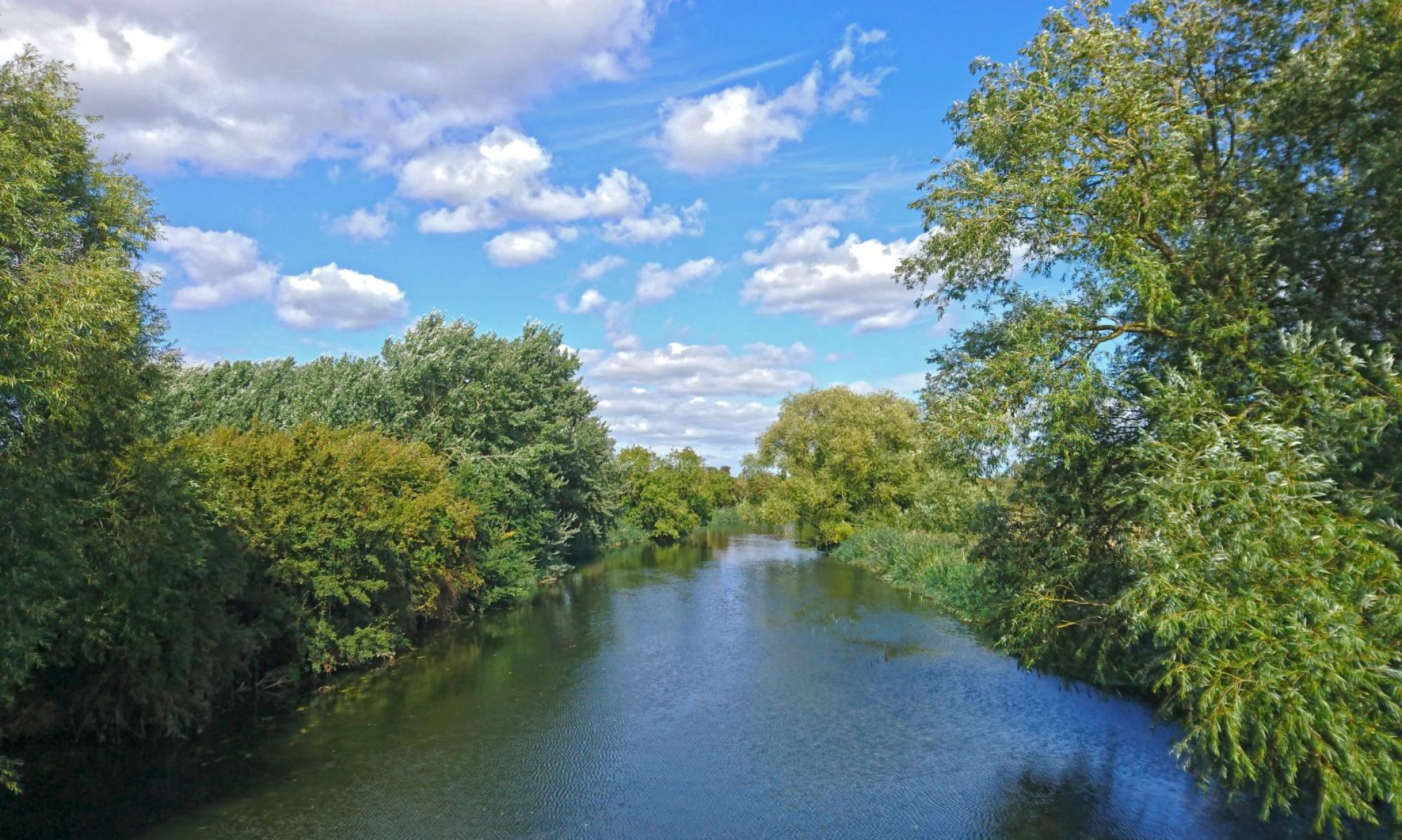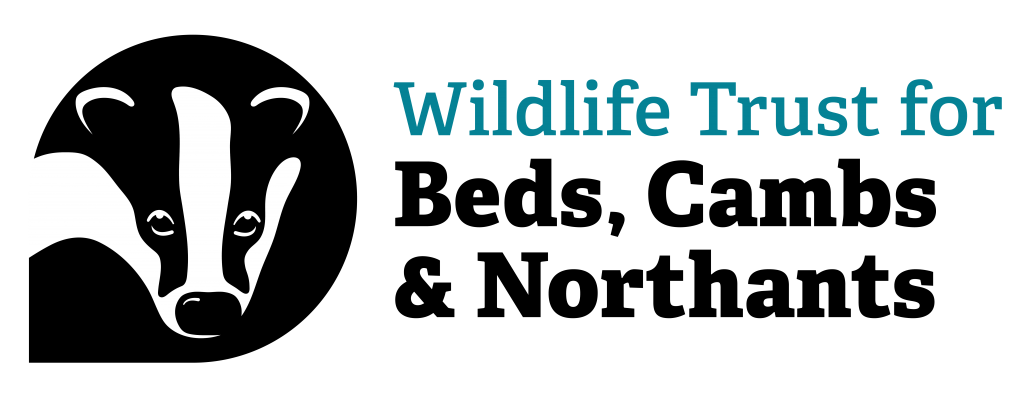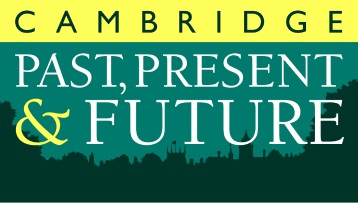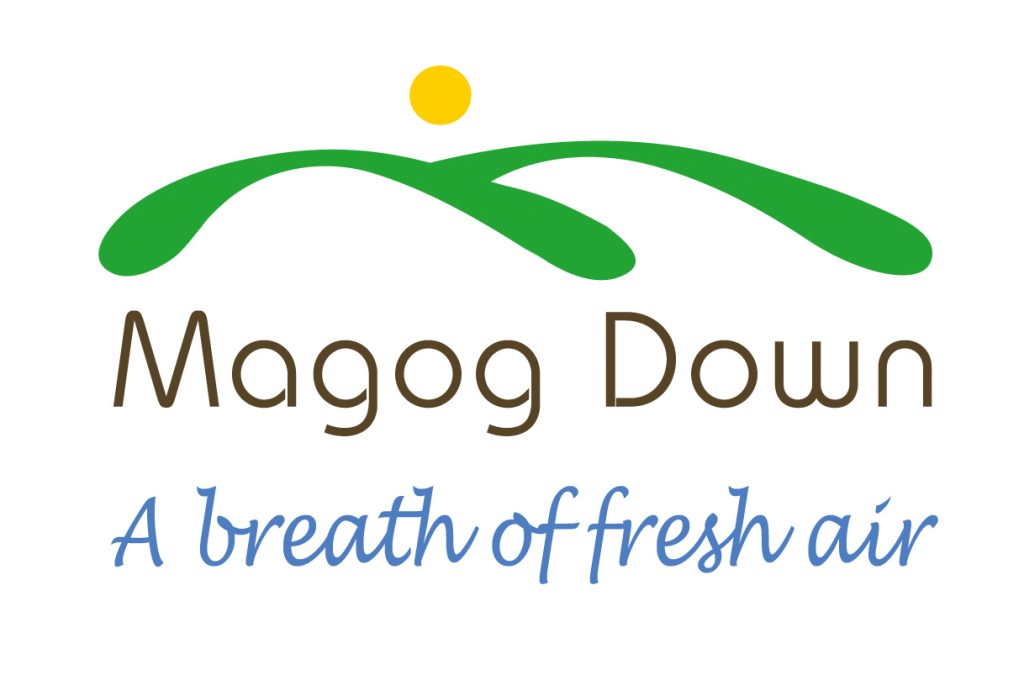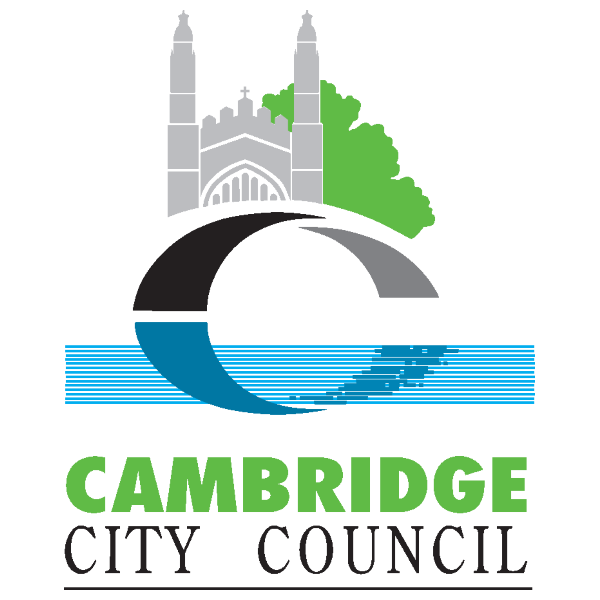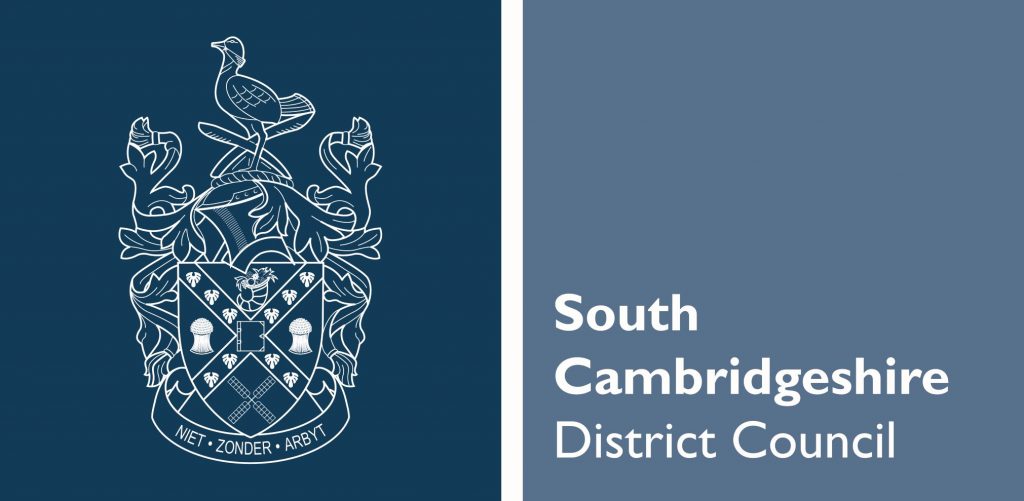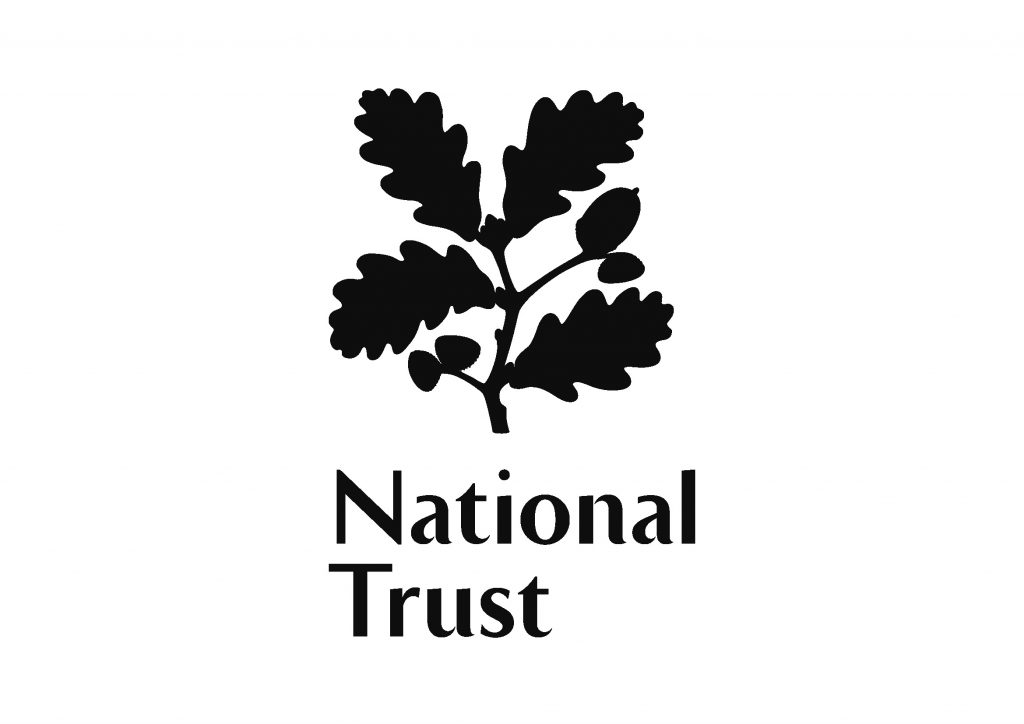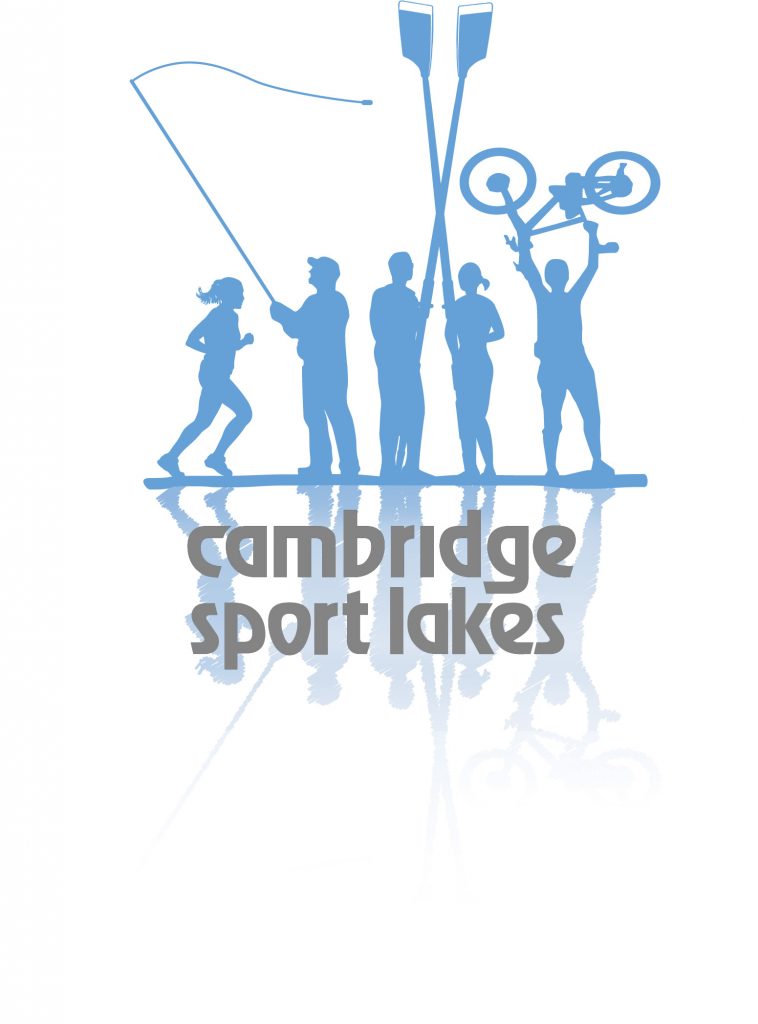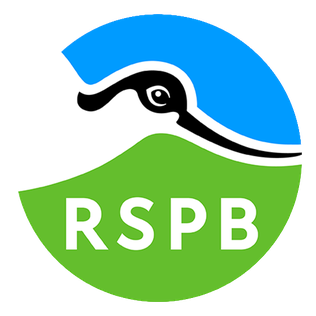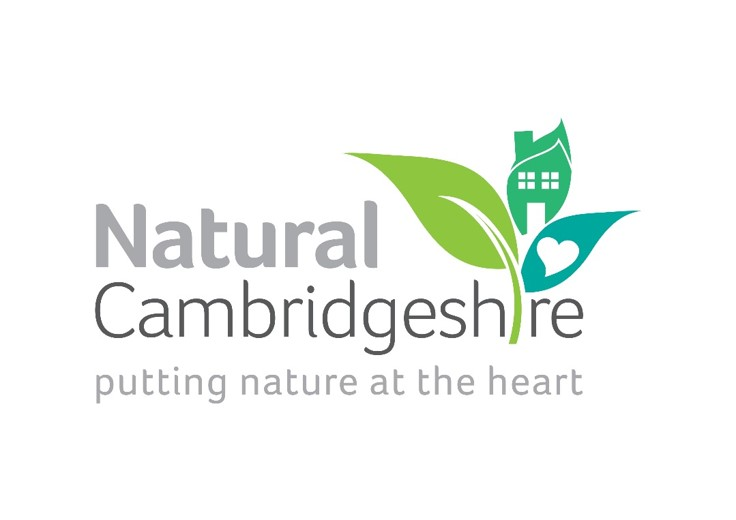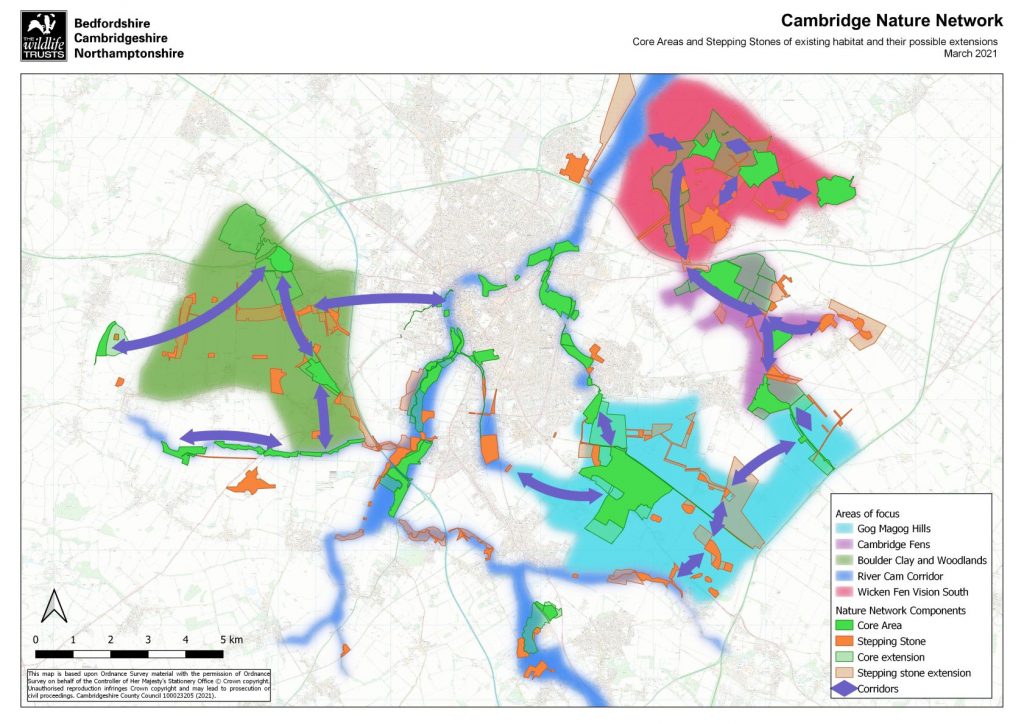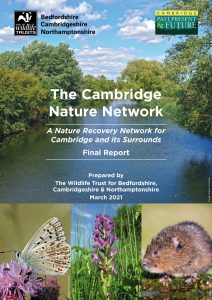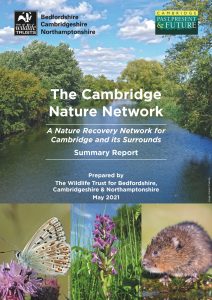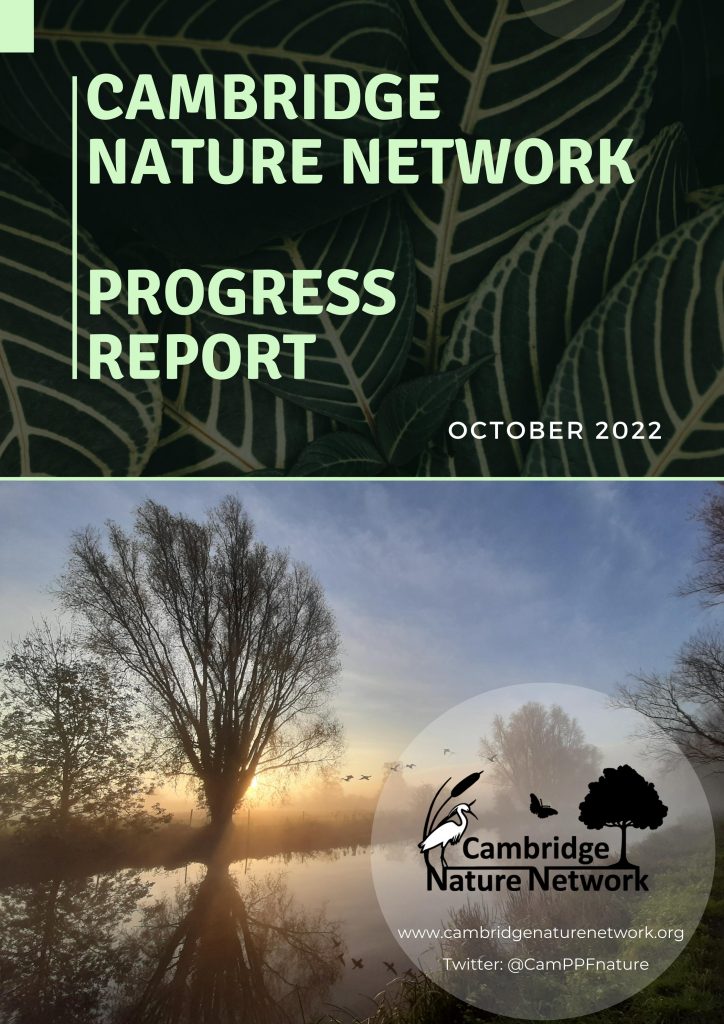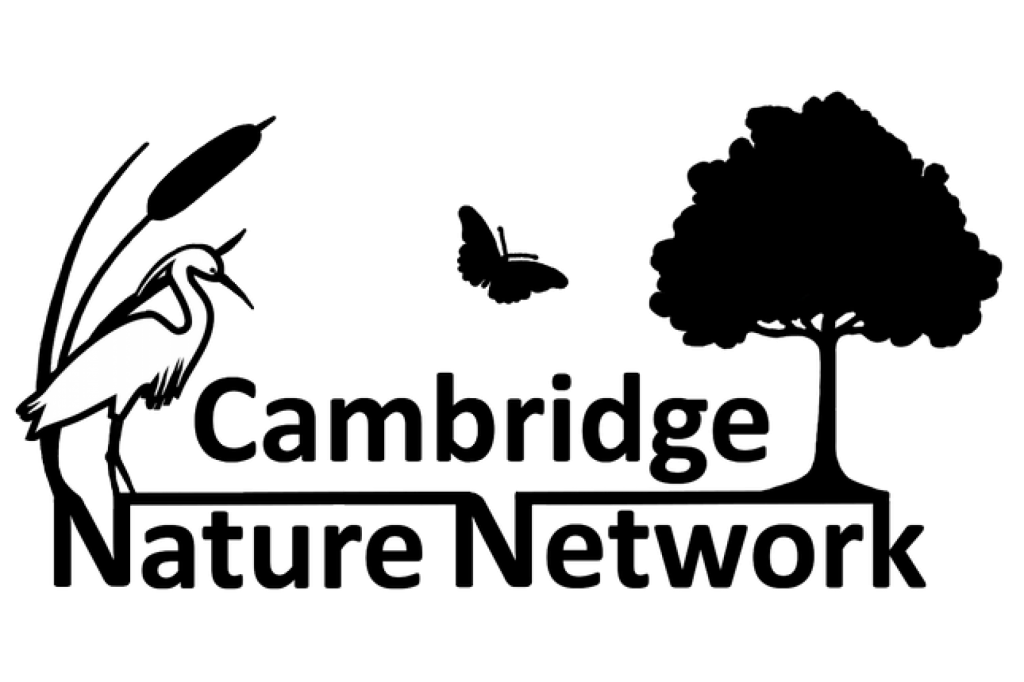
For Cambridge to have significant areas of downland, fens, meadows, waterways and woodlands around it, where nature can recover and thrive and where people can experience a wilder countryside and nature on their doorstep.
About Cambridge Nature Network
The Cambridge Nature Network provides a systematic approach to bring about nature’s recovery in and around the City for the benefit of wildlife and the people who live, work, study and visit Cambridge.
A Nature Network report has been prepared by the Wildlife Trust and Cambridge Past Present and Future, highlighting the best opportunities to create new habitats and large-scale natural greenspaces in five priority landscape areas around and through the city. It is a local response to the current global biodiversity crisis, where the UK is one of the most nature impoverished countries on the planet and Cambridgeshire one of the most nature depleted counties in the UK. The Cambridge Nature Network is one of 6 landscape-scale priority areas identified by Natural Cambridgeshire and it sets out how Cambridge can make its contribution to the ambition of “Doubling Nature” across Cambridgeshire.
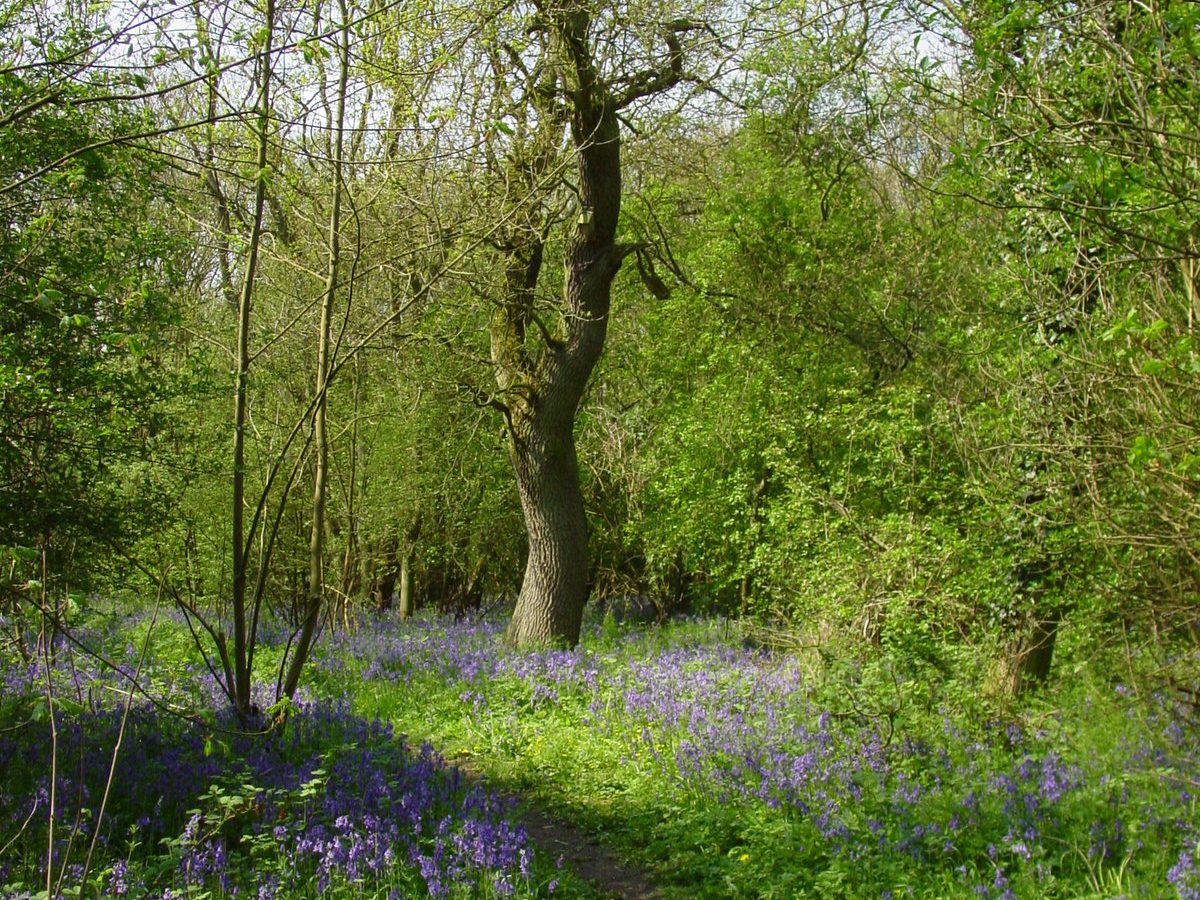
However, the Network is more than a series of maps. It is about a new way of working collaboratively across organisations and with landowners to contribute towards nature’s recovery. The major conservation charities and local councils that own and manage nature parks have agreed to come together to explore collaborative ways of working, based on the Nature Network report. Many farmers are interested in being part of nature friendly farmer clusters, to share information and experiences and take collaborative action across their farms. Institutional landowners are reviewing how to ensure best value is maintained in their landholdings, while tackling the climate and biodiversity crises.
The Cambridge Nature Network provides a framework for everyone interested in a better future for nature to coalesce around a shared vision and to work together to make it happen.
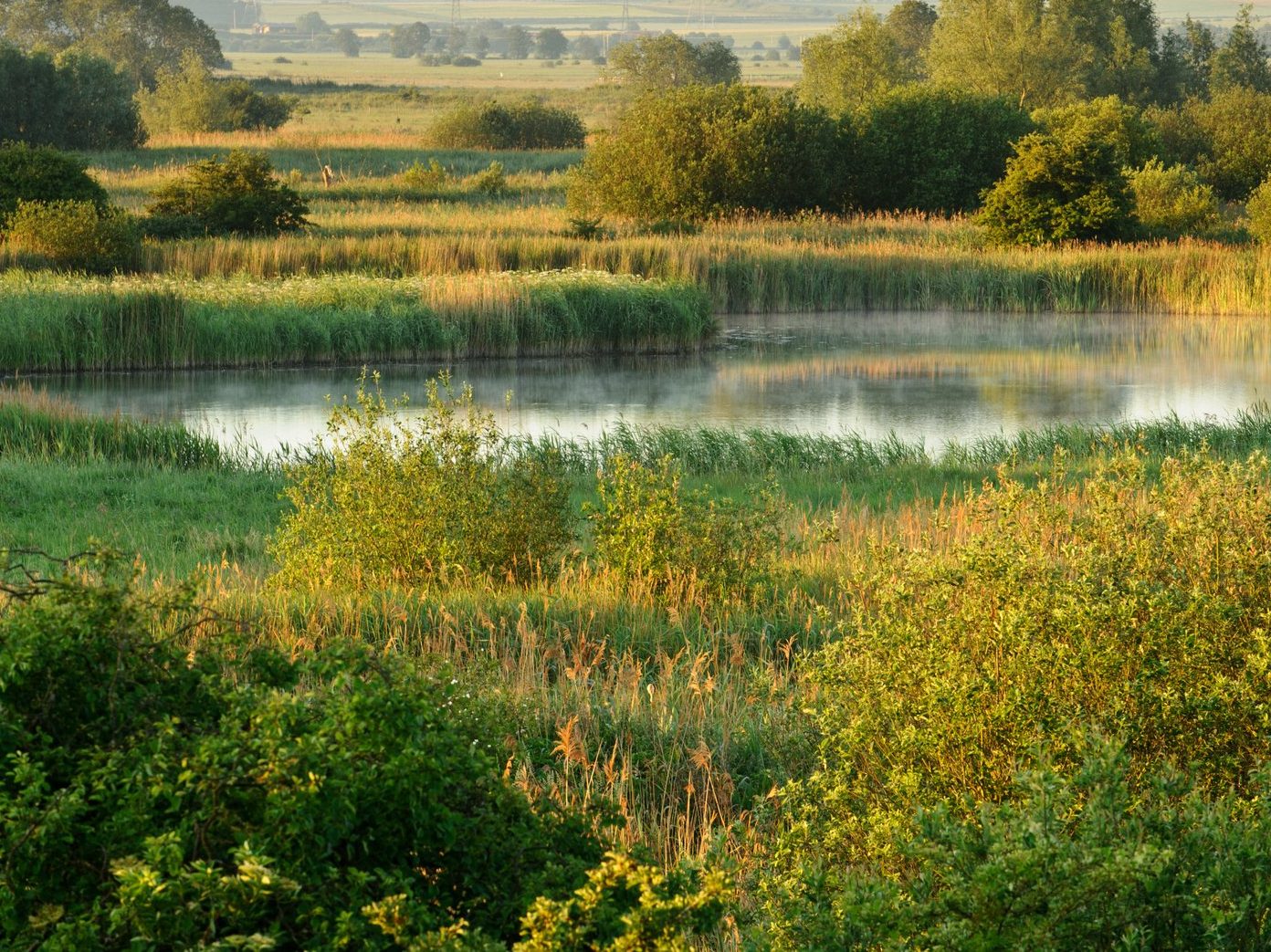
The Nature Network consists of individual nature parks, nature reserves and farm habitats, linked together by nature-friendly farmland and wildlife-rich towns and villages. This interlinked network is of sufficient scale to allow nature to begin the process of recovery. The network is based around the remaining fragments of high quality wildlife habitats. Opportunities for enlarging and linking these high value habitats have been identified in discussion with environmental charities, farmers, colleges and other landowners.
The means of funding a growing Nature Network have also been identified. In addition to traditional sources of philanthropy and fundraising, it is anticipated that new funds will become available from government payments to farmers and landowners, by generating income from visitors (e.g. from cafes) and new biodiversity net gain funding from developments.
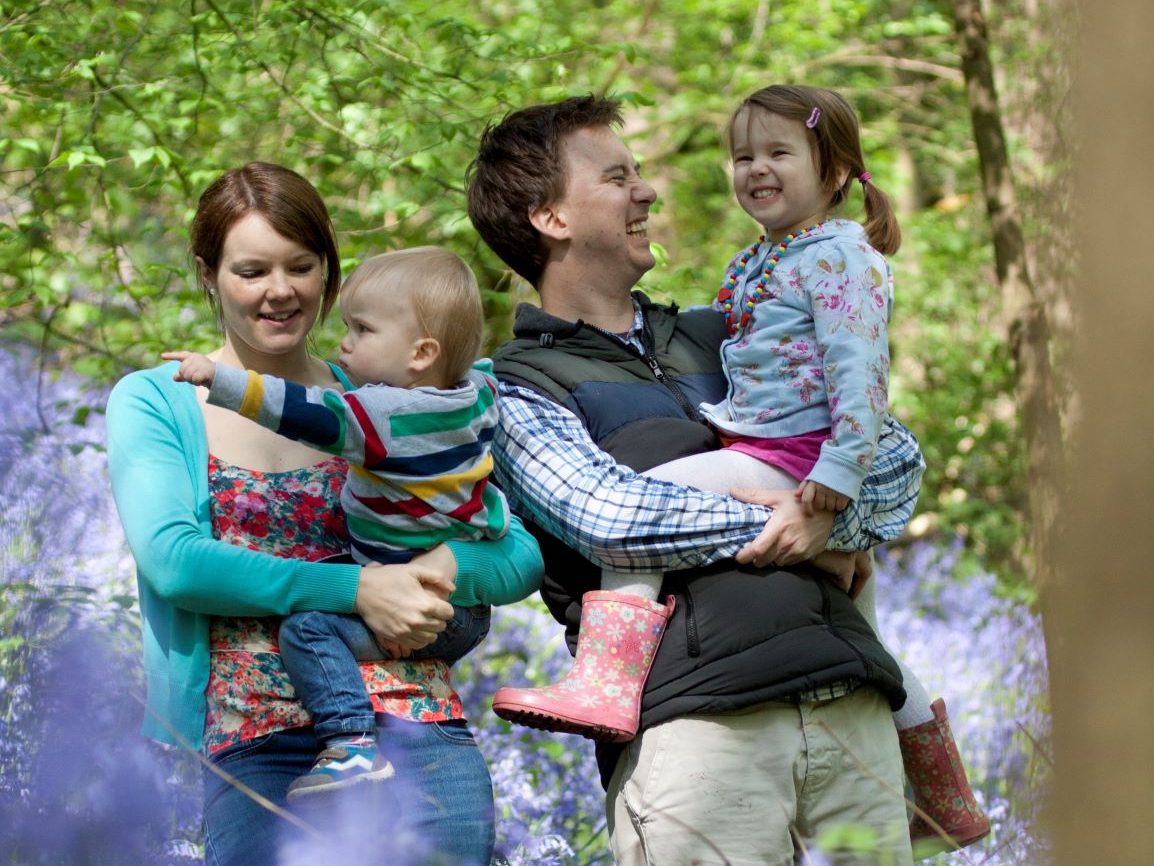
Access the Cambridge Nature Network Report & Progress Report
Quotes from Cambridge Nature Network endorsers
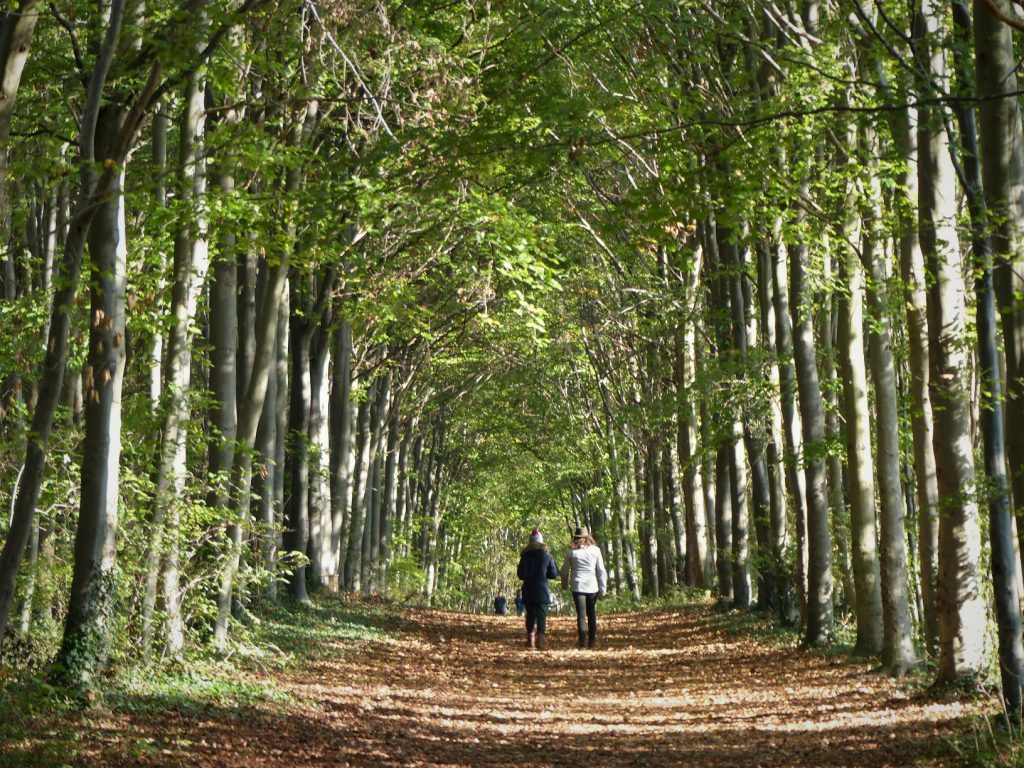
Martin Baker, Conservation Manager, The Wildlife Trust for Bedfordshire, Cambridgeshire & Northamptonshire;
“I am truly excited about the Cambridge Nature Network. It sets out a vision for how and where to restore significant areas of downland, fens, meadows and woodlands around Cambridge, where nature can recover and thrive and where people can experience a wilder countryside and nature on their doorstep. It also sets the framework within which Cambridge can grow sustainably. The hard work starts now with conservation charities, landowners, councils, businesses and local people working together to make it happen”
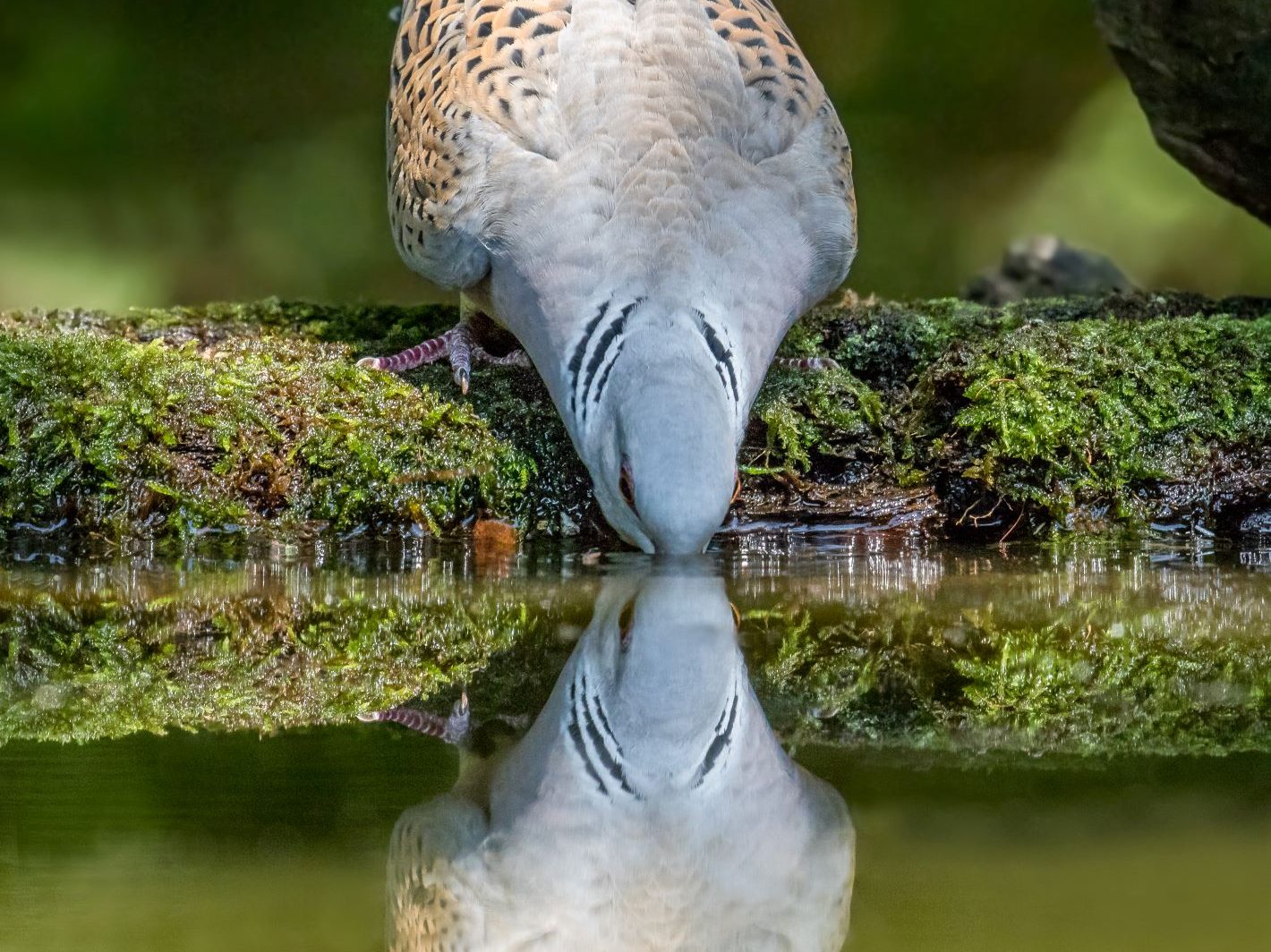
Jane Paterson-Todd, CEO – Cambridge Ahead;
““Nature must be prioritised as we plan for Cambridge’s future, for the benefit of the environment as well as the quality of life of our residents. It is an issue that transcends so much of our work. I am particularly delighted that Cambridge Ahead’s Young Advisory Committee, led by Rob Carter, has helped support the emergence of the Cambridge Nature Network.”
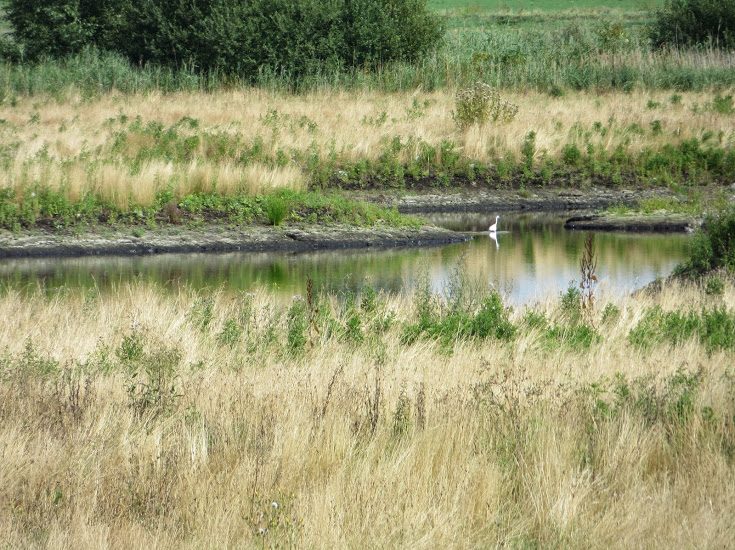
Kathleen Foreman, Chair Magog Trust;
“The Magog Trust is proud to be part of CambridgeNatureNetwork and to work within it towards developing a coherent, linked network of wildlife rich habitat areas around the City. As we come out of these past months of restrictions, the need for open, green spaces along with a vibrant wildlife, has been highlighted along with the fact that there are too few to support the ever increasing needs of the expanding City of Cambridge and its surroundings. As much as the historic city and its buildings, the seats of learning and new centres of technology, medicines and pharmaceuticals are important, so too are the green spaces within and around it. The opportunity this Network will bring to both human and wildlife is incalculable and we are happy to be part of it and work with it to achieve its goals.”
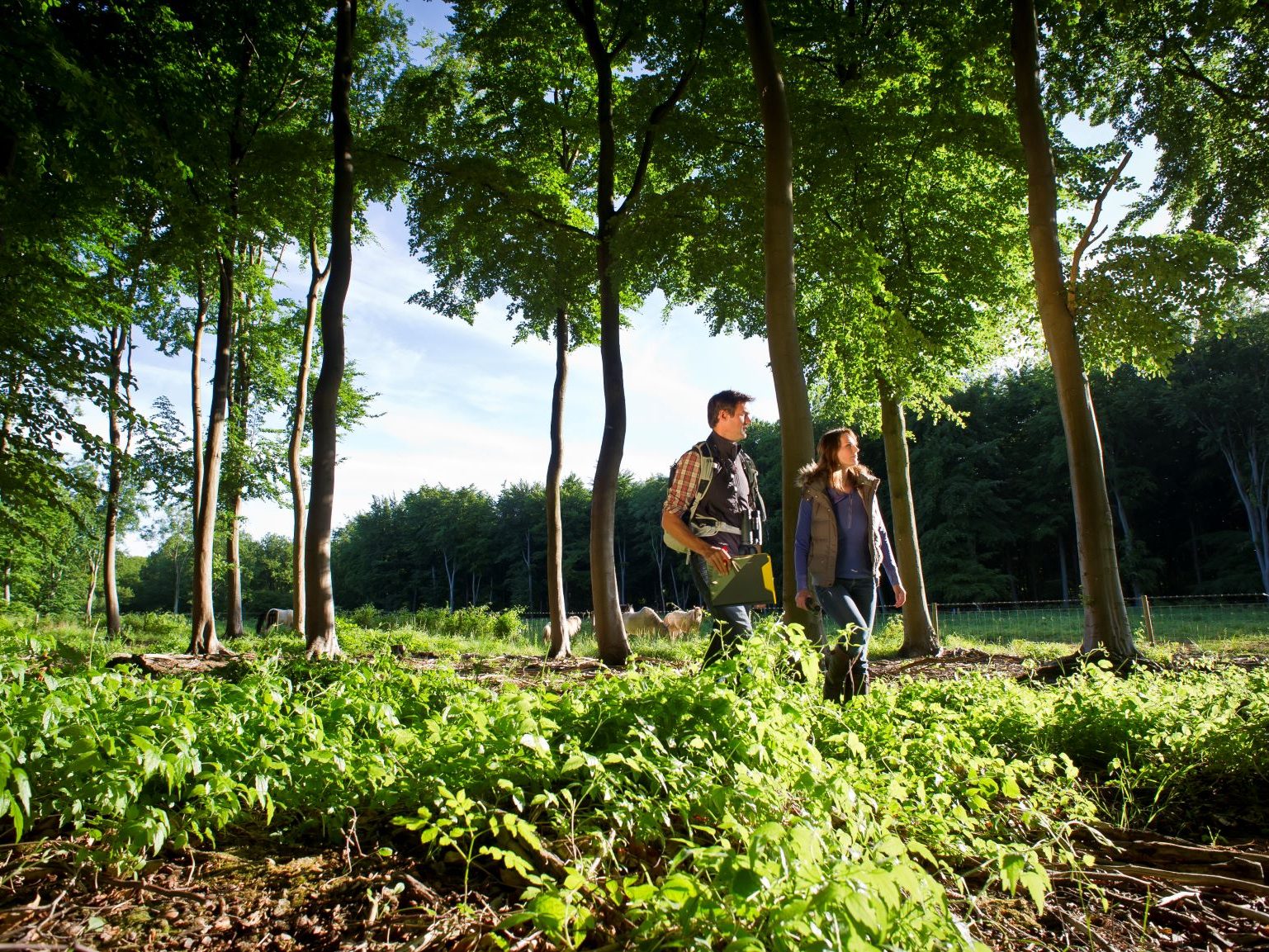
Cllr Pippa Heylings, the Chair of South Cambridgeshire District Council’s Climate and Environment Advisory Committee;
“We’re only too pleased to show our support for a local nature recovery network. We know that the days when we can take nature for granted are long gone. That’s why in South Cambridgeshire we are determined, through everything we do, to create a district where nature comes first and thrives as a consequence. Support for the kind of projects which will deliver a nature network is at the heart of our ambitious Doubling Nature Strategy. This isn’t just talk – this is real action to work together to protect and enhance our natural environment. By creating more wildlife-friendly habitats, and enhancing existing ones, we can help tackle the ecological emergency we face on a very local level while giving residents even more green space to enjoy.”
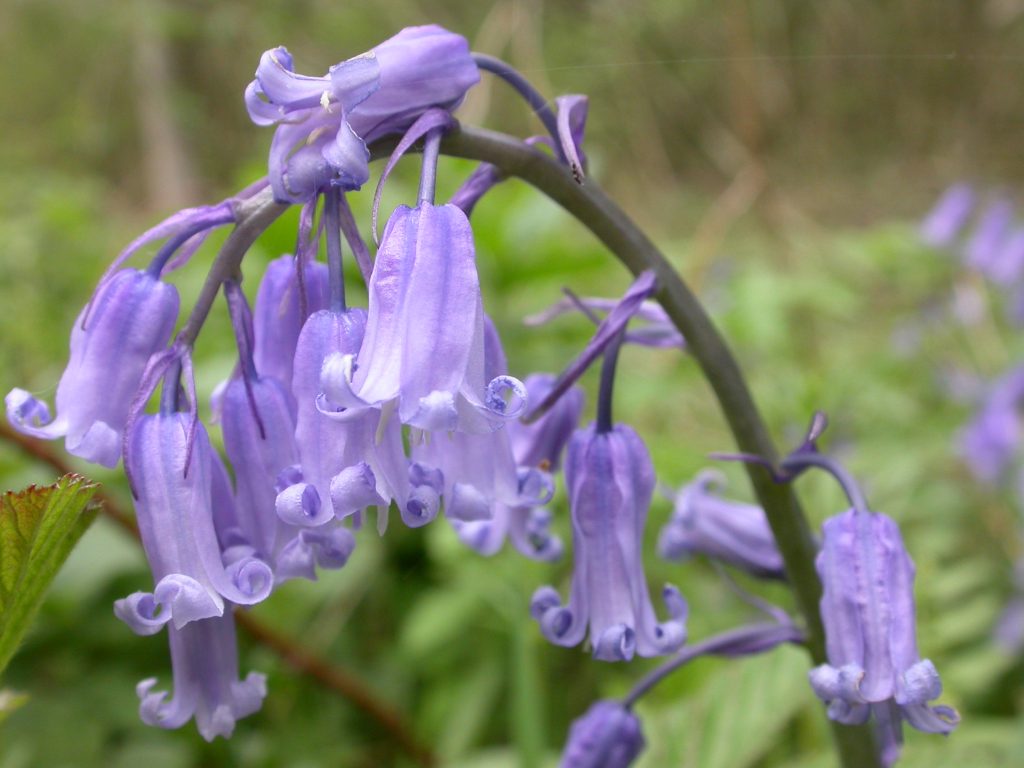
Joel Carré, Head of Environmental Services at Cambridge City Council;
“As the City Council, we fully recognise the importance of a healthy and biodiverse environment for our city’s future prosperity. In May 2019, we passed an emergency motion, which sets out how we aim to reverse the decline in biodiversity in and around Cambridge. This ambitious aim can only be achieved through collaboration on a landscape scale, so we fully welcome the launch of the Cambridge Nature Network vision and look forward to exploring new and exciting partnership opportunities.”
James Littlewood, Chief Executive, Cambridge Past, Present & Future;
“In the face of global problems like the loss of nature, our actions can sometimes seem meaningless unless they are part of a collective effort. The Cambridge Nature Network gives us a long-term vision that we can all work towards in our own ways at our own pace. If we all do our bit, then collectively we will make a difference. The Network will need the support of local authorities, parish councils, government agencies, business, landowners, university colleges, charities and all the people who live and work here. The discussions that we have had so far have been really positive, people recognise that nature is in trouble and they want to help.”
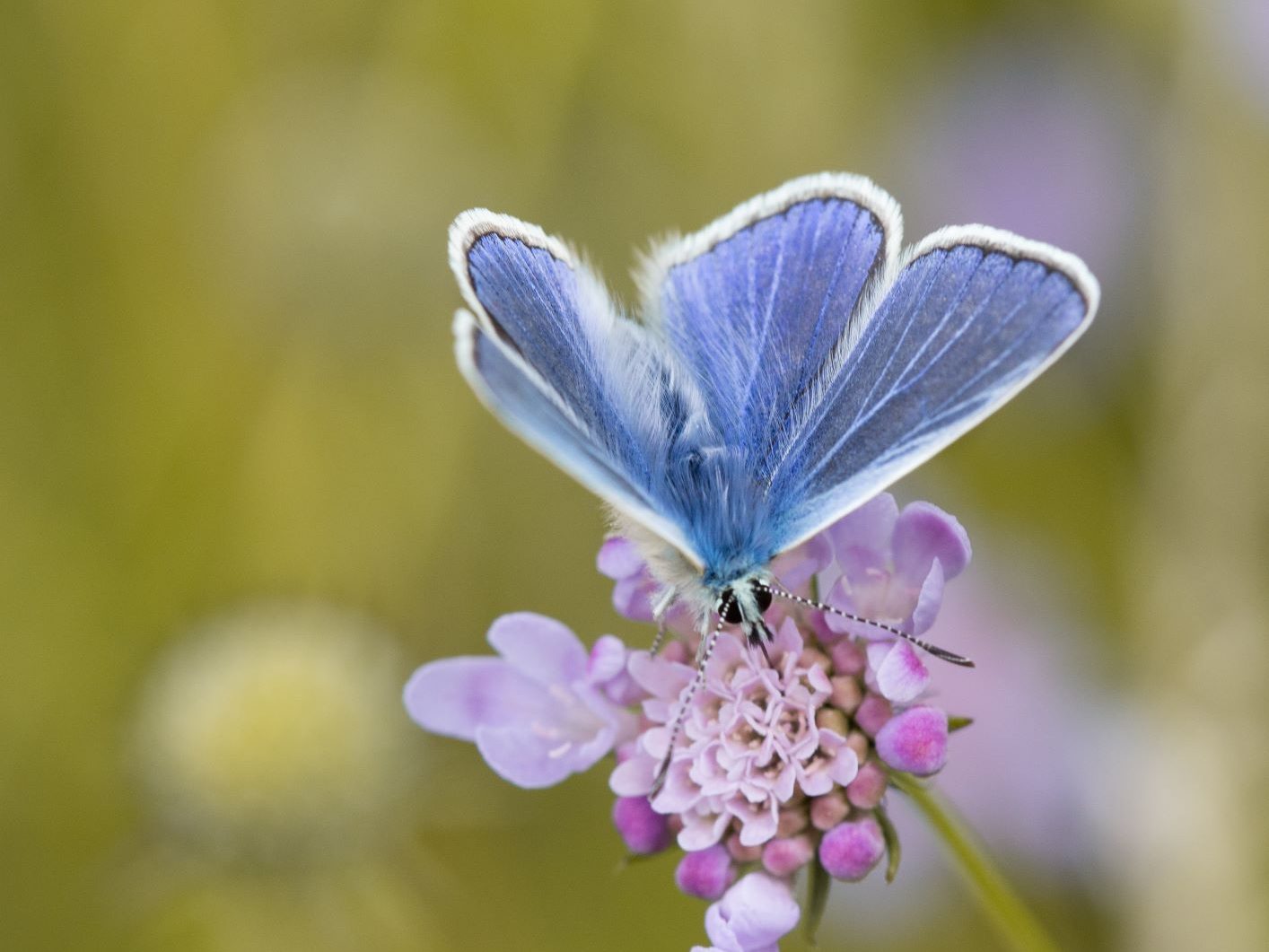
Dame Fiona Reynolds;
“This report, building on the ambition to double nature in Cambridgeshire, tells us precisely how and where we can do it. It offers for the first time a tangible plan for the revitalisation of nature in the 10km around the city of Cambridge, where the vision for nature recovery is fully integrated with one for the enhancement and creation of natural green spaces for public recreation and refreshment – vital needs, as we have come to understand fully during the covid-19 crisis.”
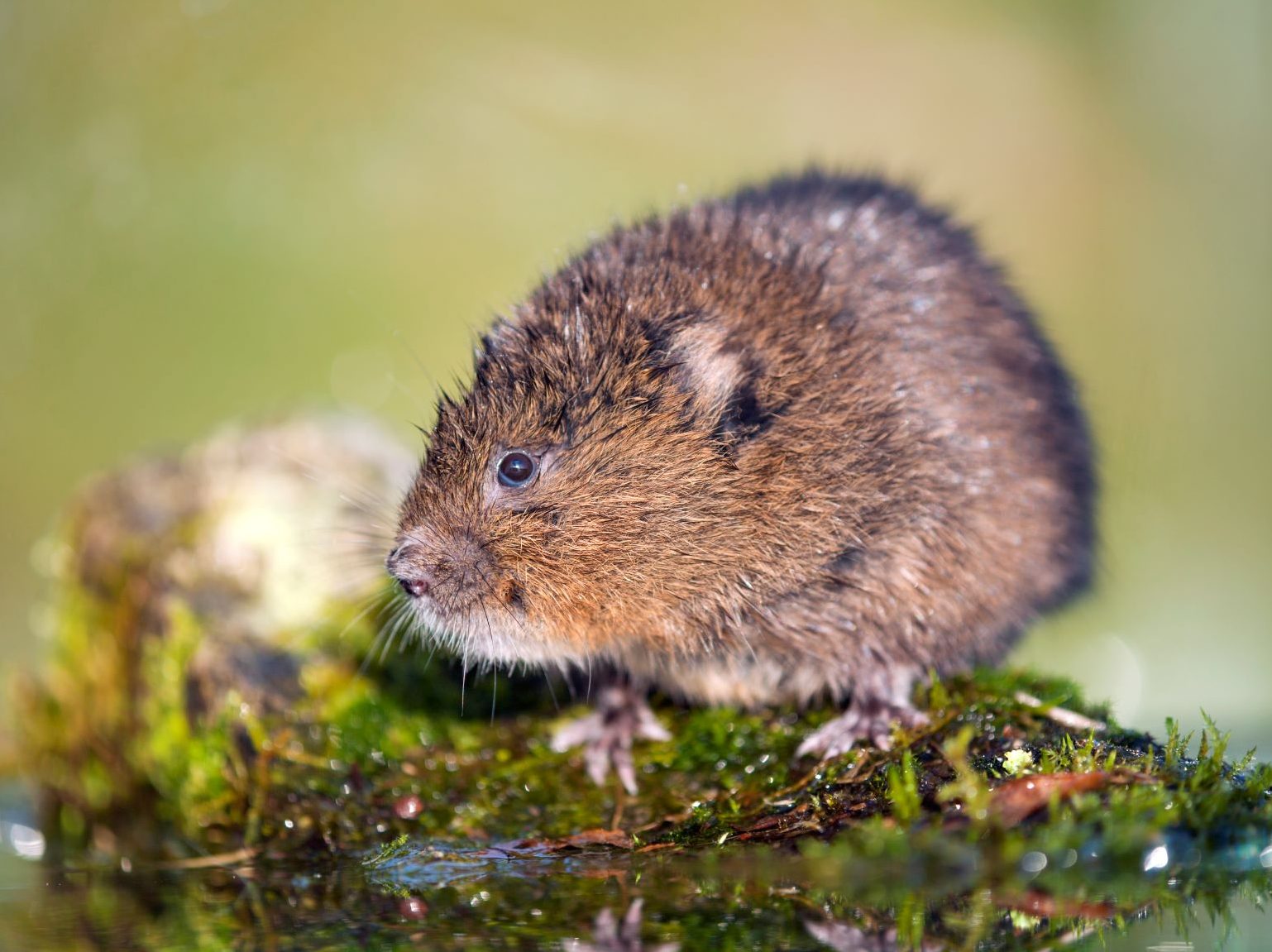
Hannah Ward, Area Manager for the RSPB;
“The RSPB are proud to support the Cambridge Nature Network and look forward to contributing to its success through our Ouse Valley reserves, just a few stops down the guided busway from Cambridge.”
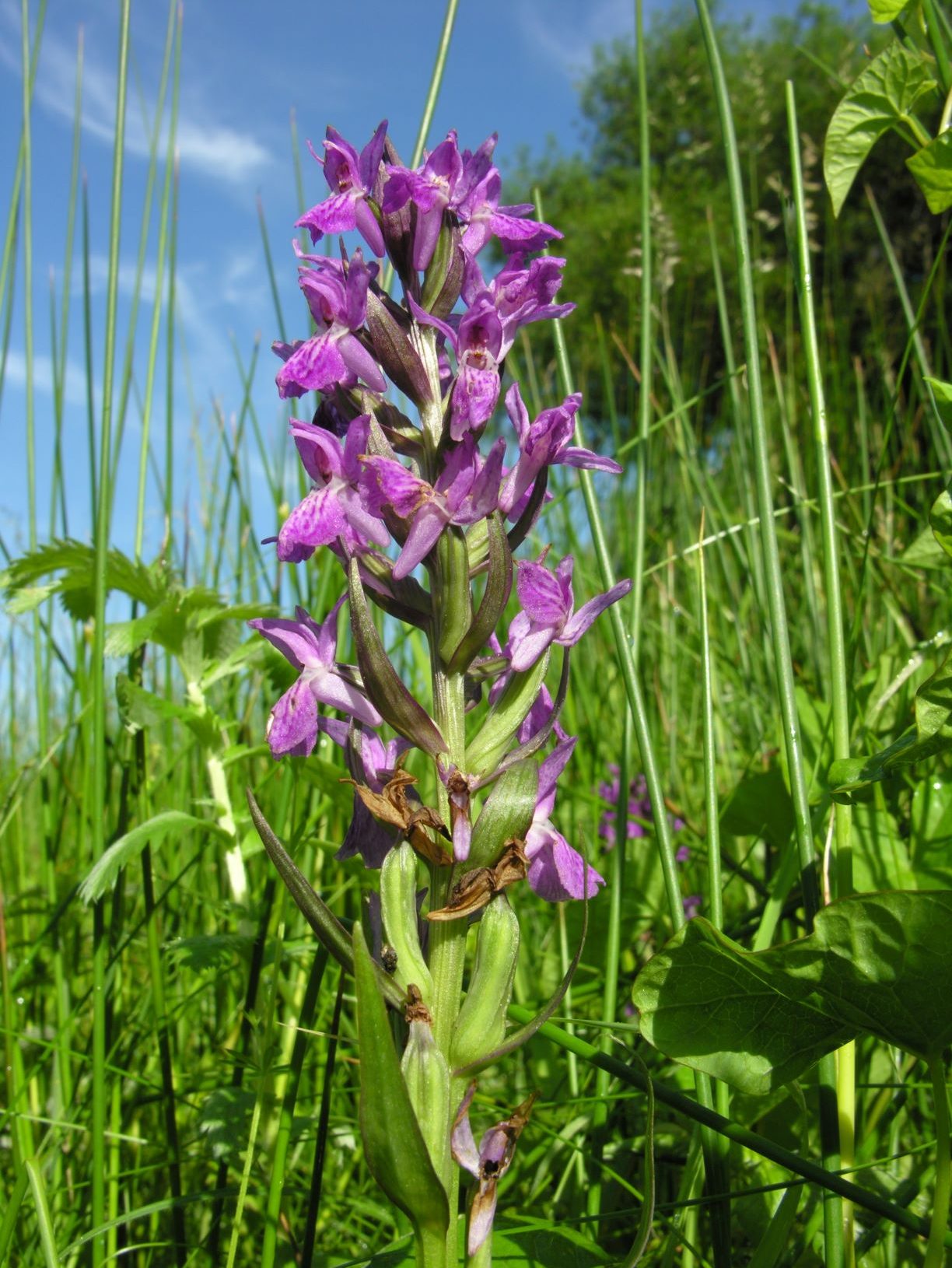
Sarah Harris, Cambridge Sports Lake Trust;
“We fully support the aims and vision of the Cambridge Nature Network report and are delighted that the ambitions for the expansion of Milton Country Park are included within the priority areas. Through our management of the Park we have seen an increasing need for natural green space in how we live our lives, for well-being and recreation and for carbon reduction and biodiversity enhancement. This report provides a clear, evidence-based plan for how we can achieve the county’s doubling nature targets. What we need now are tangible commitments from all those who are able, to make this vision a reality.”
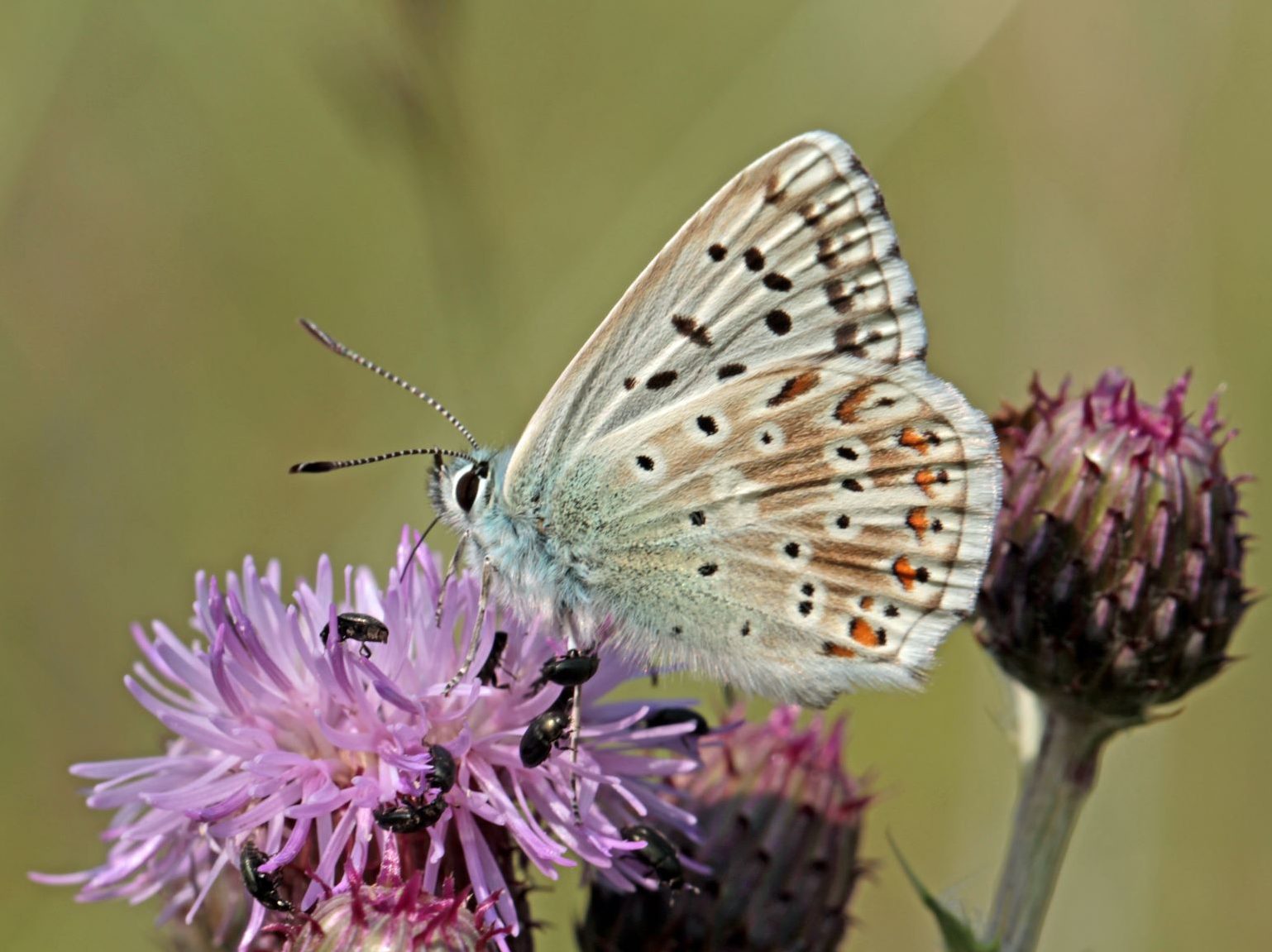
Samuel Brockington, Curator at Cambridge University Botanic Garden;
“We are delighted to support Cambridge Nature Network. As an urban nature reserve in the heart of Cambridge, the Cambridge Nature Network will connect the Cambridge University Botanic Garden to the broader network of precious green spaces and nature reserves scattered across and around the city. The framework of the Cambridge Nature Network provides much needed impetus and vision to bring all our nature loving organizations together to deliver a greener future for Cambridge and for Cambridge University. It is a vision we all need, now more than ever.”
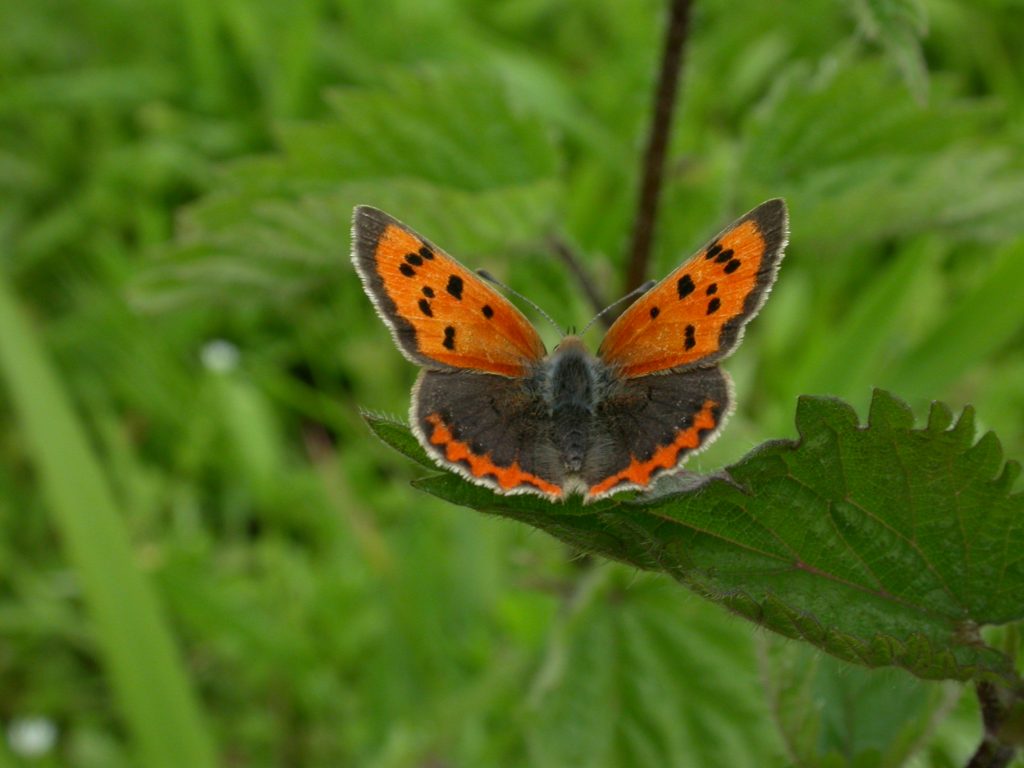
Contact us: Cambridge Nature Network Officer nature@cambridgeppf.org
